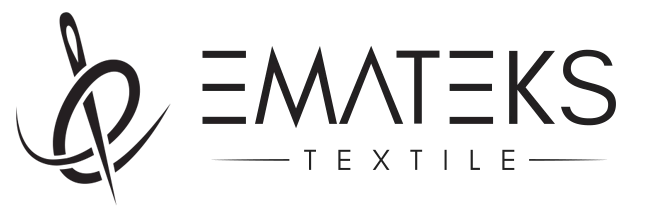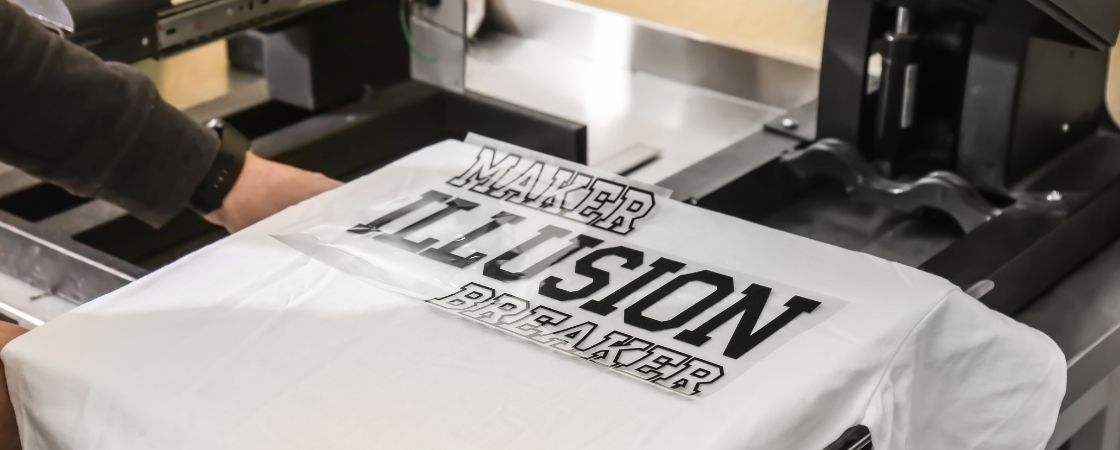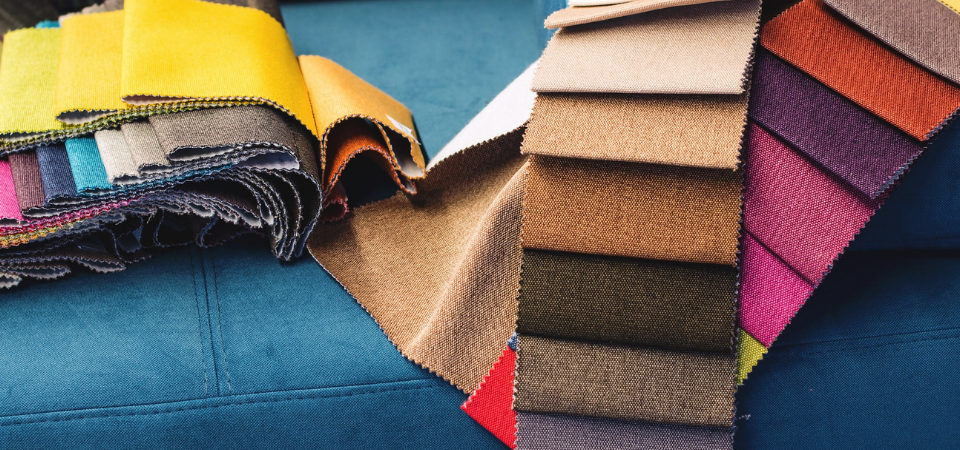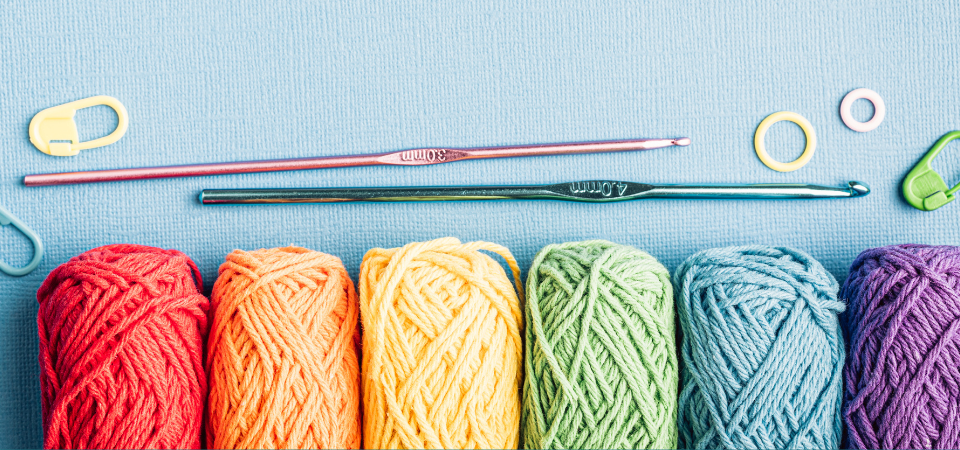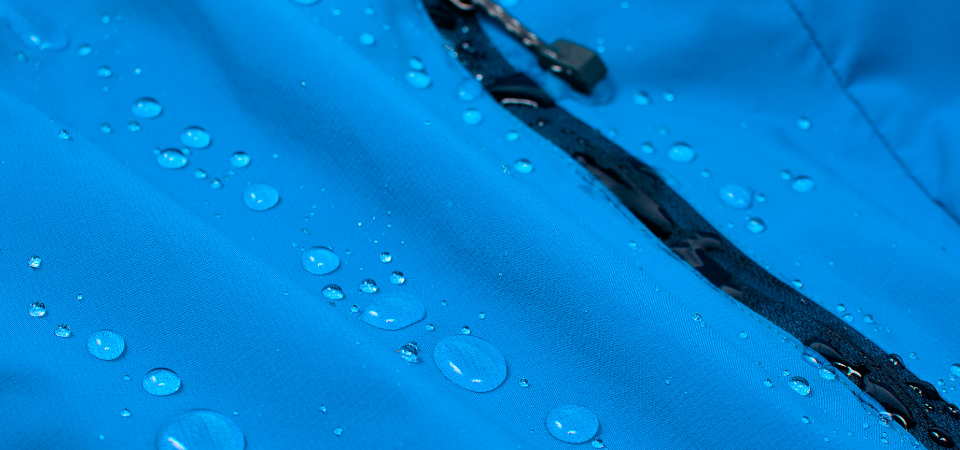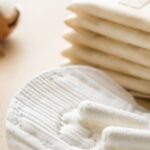
Organic Cotton: A Natural Touch for Sustainable Style
September 29, 2023
Let’s Get to Know Sustainable Fashion Trends Closer
October 4, 2023There are many rapidly changing and developing trends in the fashion industry, and printing methods are among these trends. Printing can also be locally called painting certain areas. In textile products, patterns are generally processed with different methods on only one side of the fabric. These patterns give the product a different look. High-quality and live prints are products that attract the attention of people of all ages and are necessarily found in their closets. There are many methods of printing in textiles. Each is used to create a different style and serve a different purpose. While printing, fabrics are used as a canvas, and products that can be used in many different areas are created. For this reason, it is very important to learn the processes of methods of printing in textiles in detail.
What is Textile Printing?
Textile printing is the name given to all kinds of decorations and pattern processes made on a fabric. The designs are processed into the relevant fabric and the fabric becomes more eye-catching. The fabric forms part of the wet process that takes place after painting, and usually, a single face of the fabric is used for this. These prints can be made in 3 different ways, direct, discharge, and resistant. In direct printing, colors, and patterns are processed directly on the fabric. In discharge, the fabric is first painted in a certain color, and then the desired pattern is processed into that background. In the resist system, a substance that does not hold paint is first added to the fabric, and the related areas are prevented from being painted. Thus, when the complete fabric is painted, the relevant areas are not painted, which creates a pattern. There are many different methods of printing in textiles. The way and feature of each is processed is different.
Different Methods of Printing in Textile
Methods of printing in textile consists of different methods used to print on fabric. There is a different process of painting and printing in each of the methods. These methods vary depending on the incoming demand and the type of material. Understanding these methods also makes it easy to understand what the consumer wants. The most used methods of printing in textiles are below.
1. Block Printing
One of the methods of printing in textiles, which has reached the present day from ancient times and can be easily done at home, is block printing. For this print, the pattern is transferred over the wood, and the wood is cut into blocks. These blocks are colored first and then transferred to the fabric by pressing method. It is quite advantageous because it has both simple use and a minimum cost. It is a very time-consuming method, that’s why it is not suitable for mass production. Blocks need to be constantly printed on the fabric, and this may not be at the desired level. In addition, the design may not be transferred to the fabric on sharp lines as desired.
2. Engraved Roller Printing
Engraved roles are print machine print and occur through cylinders. First, the rollers are covered with color, and then a pattern is obtained by applying a roller to the fabric. It is one of the most ideal choices among methods of printing textiles for mass producers because many products can be produced in a short time. Print shadow can occur in patterns, which creates a disadvantage. In addition, the engraving of the rollers is a costly process.
3. Screen Printing
Screen printing is one of the methods where the pattern is printed directly. A piece called a screen printing, film, or mesh is used to process the print into the fabric. It is divided into two, with a flat-screen and a rotary screen. Both screen printing takes its name from the way the print is made. It is one of the favorites among methods of printing in textiles because it is versatile today. It is ideal for obtaining live prints, ensuring that prints are clearly reflected in fabric, and making personalized designs. It is possible to make these prints on many different surfaces, especially paper and fabric, so it is quite advantageous. Despite these, the equipment is quite costly, and the installation and preparation of the screens take a lot of time. In addition to these, each color requires a different printing process, so it is not a suitable method for multicolored prints.
4. Flat Screen Printing
Prints are processed with approximately 23% flat screen-printing methods of textile products worldwide. The screen is located flat and the print is done on flat ground. This screen is produced in the form of a woven mesh and is generally obtained from polyamide or polyester.
5. Heat Transfer Printing
A printing machine or heat press machine is needed to transfer patterns to the fabric in heat transfer printing. This method is one of the most affordable methods among other methods. The pattern is first transferred on a sheet of paper and then reflected from paper to fabric with the help of heat. The fact that patterns and colors do not fully go into the fabric, the patterns fade and peel after washing is one of its biggest disadvantages.
6. Carpet Printing
Woven carpets are undoubtedly among the most known and preferred carpets, but carpet printing is so common. Carpet printing makes different designs stand out on carpets. It is especially advantageous as it can give the variety that aesthetically tasseled carpets cannot give.
7. Direct to Garment Digital Printing (DTG)
To print DTG, both special ink and a special printer are needed. Here, a pattern is selected over the computer and transferred to the fabric. These patterns can be quite realistic in appearance. It is one of the relatively low-cost and easy-to-build methods of printing in textiles. Its biggest disadvantage is the reasons such as the color fading after washing and the pressure peeling.
8. Sublimation Transfer Printing
This printing method is very similar to heat transfer printing but it is like a top version of it. A sublimation printer, ink, and heat press are required. The fact that it reveals very vivid patterns provides a great advantage to this type of printing. However, its ink is quite expensive, so it increases the cost of this printing. In addition, it is difficult to print on cotton fabric in this printing method, so the best effect is taken from fabrics that are 100% polyester.
9. Photo Printing
One of the methods of printing in textiles is photo printing, and when doing this printing method. To implement this printing, the fabric is exposed to a light-sensitive chemical. Then, the selected photos are printed on it and the printing process is completed. In general, the blueprinting technique is used. In this way, it can be easily processed into many different visual fabrics.
10. Pigment Printing
One of the most used methods in natural fabrics among the methods of printing in textiles is pigment printing. Also, it is quite versatile because it can be processed not only on natural fabrics but also on synthetic fabrics. It is a method in which printing is handled locally and the color is repeated until it literally passes into the fabric.
11. Reactive Printing
Among the methods, another heat-activated printing method is reactive printing. An additional process is carried out to increase the permanence of the applied pattern. In this method, the fabric is first covered with printing, and then it is attempted to react with a binder. This heat reaction connects the pattern to the fabric and increases its permanence.
